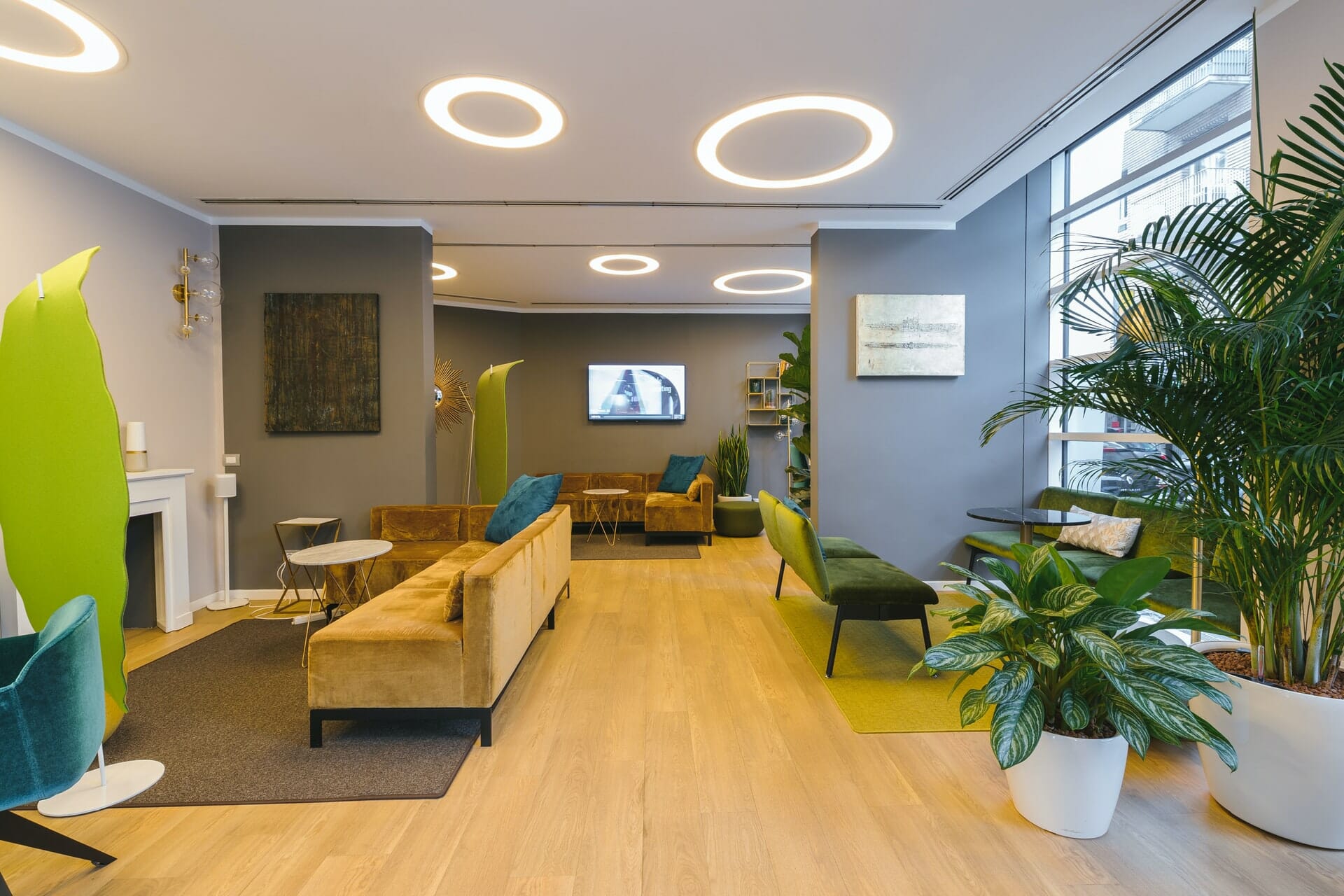Maximizing Security and Monitoring Effectiveness Through Tactical Surveillance Camera Positioning in Retail Environments
Maximizing Security and Monitoring Effectiveness Through Tactical Surveillance Camera Positioning in Retail Environments
Blog Article
In current shopping settings, safety is a top priority for retail proprietors and managers. One efficient method to improve safety and surveillance is through the tactical installation of surveillance video cameras. Such cameras not only assist deter theft and criminal acts but also offer valuable evidence in instances of occurrences. By recognizing the best spots for surveillance camera placement, retailers can enhance their efficacy and create a more secure retail experience for customers and staff alike.
The first action in successful camera placement is to locate vulnerable areas within the store. Such locations often include entrances and exit points, checkout registers, and aisles where expensive products are displayed. By placing cameras in such areas, store owners can monitor customer behavior and spot questionable activities. Additionally, surveillance systems at entry points can capture footage of individuals entering and leaving the retail space, which is crucial for identifying potential thieves. This preventive strategy helps in reducing theft and guaranteeing a secure atmosphere.
Another important factor is the kind of surveillance device used in the retail space. Different types of cameras fulfill distinct purposes. For example, dome surveillance cameras are commonly used for internal monitoring because they are less obtrusive and can cover a broad space. Conversely, bullet-style surveillance cameras are ideal for outdoor use, as they are more visible and can deter criminal activity. next page Store owners should evaluate their particular needs and choose the suitable surveillance device models to guarantee comprehensive coverage of the store.
In addition to camera types, the position and elevation at which surveillance devices are mounted play a significant role in their efficacy. Surveillance devices should be set at a height that enables for unobstructed viewing of individuals and activities without being easily tampered with. A typical suggestion is to install cameras at least eight to 10 ft off the floor. Furthermore, cameras should be tilted to cover as much area as feasible while preventing blind spots. This strategic placement guarantees that all areas of the retail space are observed, offering a complete view of shopper engagements and possible security threats.
Ultimately, it is crucial for store owners to regularly review and service their monitoring systems. This includes inspecting surveillance device functionality, ensuring that footage are clear, and updating software as required. Routine maintenance helps to avoid mechanical issues that could compromise safety. Additionally, store owners should analyze footage regularly to identify patterns in shopper actions and potential security threats. By remaining proactive and mindful to their monitoring systems, retailers can establish a more secure shopping atmosphere and safeguard their assets effectively.